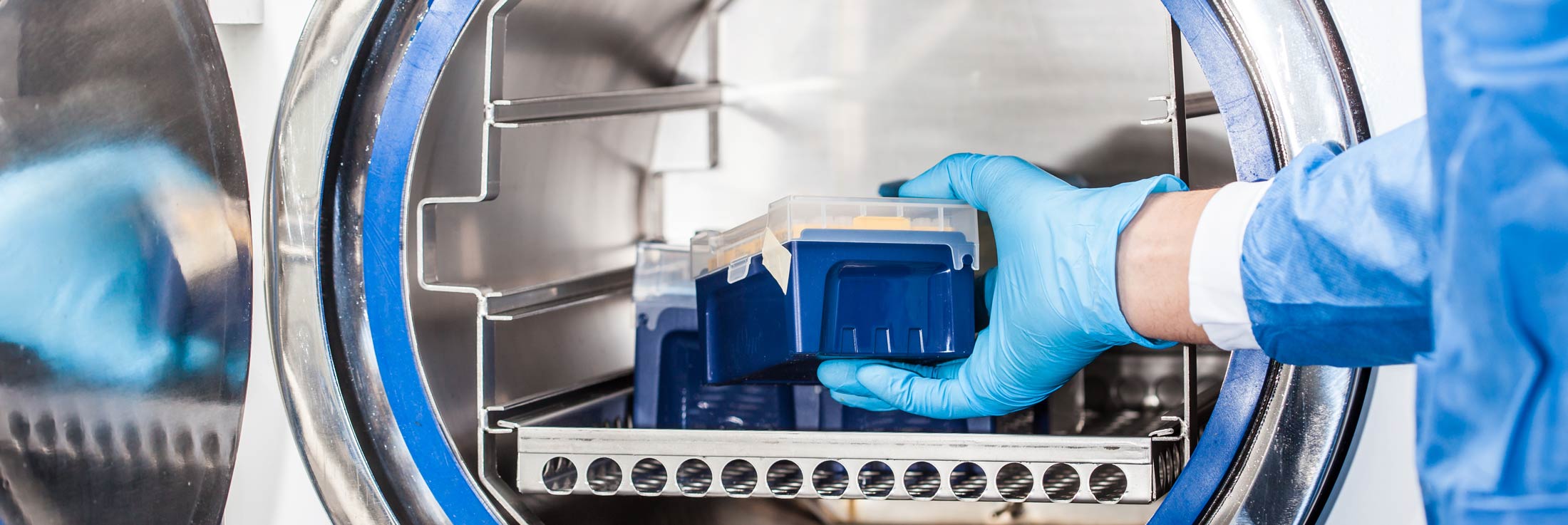Case Study
Medical Equipment
When a Leading Company in the Medical Equipment sector was looking for a new journal printer, it chose KFI to design and manufacture a custom solution from scratch.

When a Leading Company in the Medical Equipment sector was looking for a new journal printer, it chose KFI to design and manufacture a custom solution from scratch.
In many industrial verticals, machines manage valuables such as cash, credit and checks. In the medical sector, machines dispense pharmaceuticals, perform important laboratory work and perform patient diagnostics. In all of these operations, journal printers are employed to track transactions and activities maintaining a record of operators, times and functions.
For the purposes of this Case Study, let’s take a Medical Equipment Company that today is a provider of medical devices and services.
When KFI visited the Medical Equipment Company, its engineering team was re-examining the current print system in one of its devices: the instrument in question requires a journal to track its activities. Once transaction data is printed and reviewed by the device’s user, the printed paper must be automatically and safely retrieved (spooled) internally to the device so that it can be archived for future review.
At the time of the first encounter with KFI, the Company’s engineers were at a technological crossroads: continue with the older technology printer solution currently embedded in this particular model, or move to a more modern, sustainable and reliable thermal printer solution.
So could the Company’s engineers find a printer manufacturer open to designing a new journal printer from scratch, with the required functionality? Would the finished product fit into the device (retrofit) with a minimum of modification to the device? Better still, could the Company deploy the printer as a replacement part to the devices already out in the field?
And finally, from a commercial point of view, which printer manufacturer would take on such a design challenge without the order for 100s of thousands of units?
Giacomo Caserini, Director of Sales at KFI, describes the challenge in this way:
“This wasn’t a standard printer application. We knew we needed the same easy loading and reliability of our high volume panel printer solution; on top of that, we needed more complex electronics to control a new retrieval mechanism. Yes, this is exactly the type of challenge we enjoy in KFI!”
THE DESIGN PROCESS would be a joint effort. KFI engineers worked with the Company’s engineering team to come up with functional specifications and physical design. KFI engineers studied the differences between the older printers and thermal printers and how each of the functional requirements fitted with both. Here are some key differences.
When moving from the older printer technology to THERMAL print technology, some of the advantages that the newer design presented were apparent:
PROTOTYPING this product took the form of physical and functional sampling as integral part of the later part of the design process. As is standard in KFI’s design process, early phase non-functional 3D samples were built to validate the physical printer housing dimensions with the actual Company’s device cabinet. KFI’s expertise in SLA (resin printing) technology allowed KFI engineers to provide functional prototypes with the new electronics and receive feedback from the Company’s engineering on how the journal printer was shaping up, running real jobs on existing in service devices. This was crucial in allowing the Customer to validate the new technology in actual working conditions.
THE PRODUCT that is now in production meets and surpasses the functional specifications of the older printer solution. KFI designed journal printers that have easy paper loading (with no spindle) and supports thermal paper that offers many years image durability and is highly resistant to environmental exposure, making it particularly stable and durable and suitable for journals in tough of work environment.
OPPORTUNITY comes with every retrofit design. A partnership with KFI on a custom or semi-custom device development is always a moment to reflect on new possibilities for device functionality – graphics, logos, character sets and languages can be made available by KFI, then or later, for future releases of the device’s firmware.
“We are extremely happy that our Client chose KFI to partner on their new generation of printer and were able to provide them with a solution that is both more reliable and better performing” says Giacomo Caserini